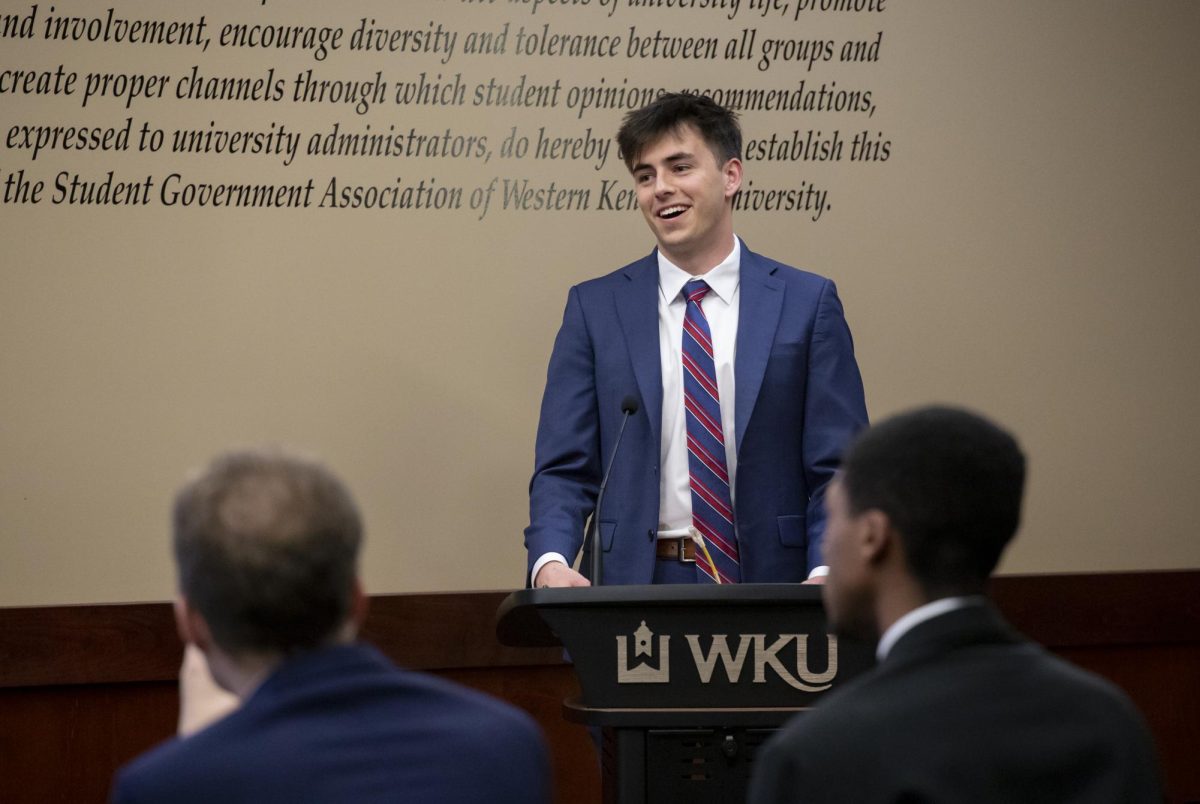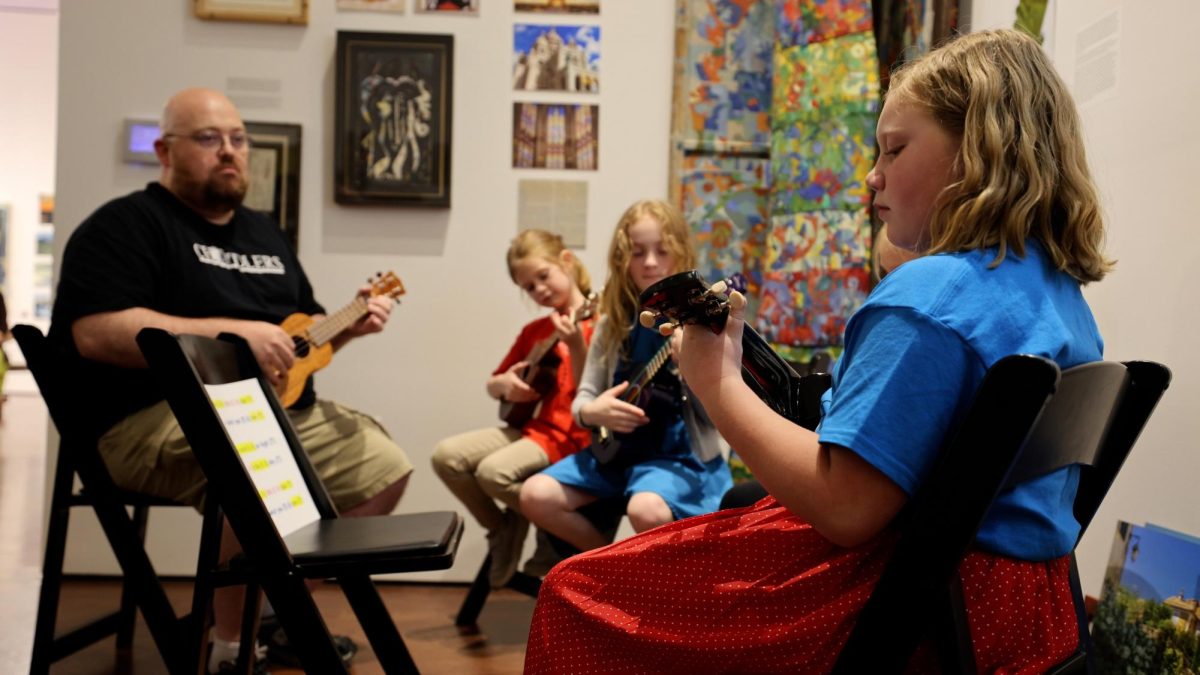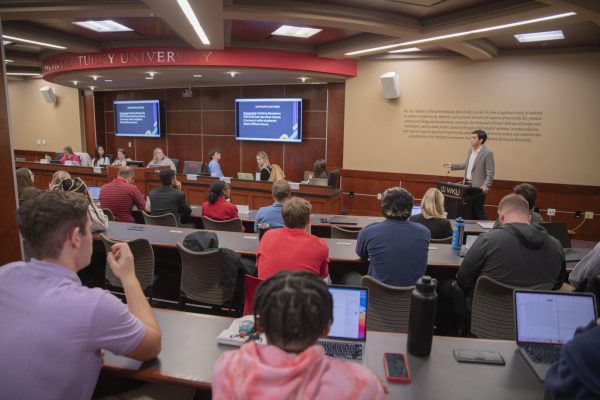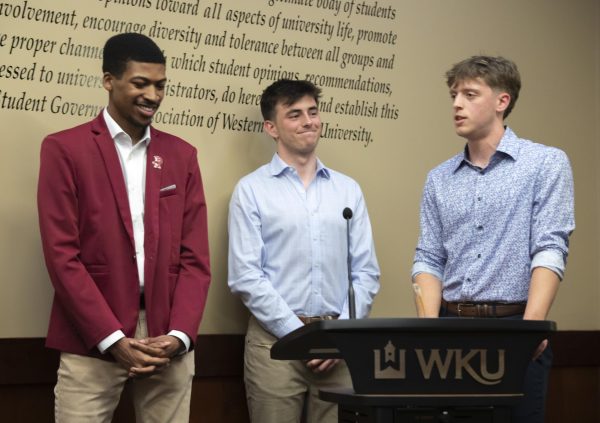AAM moves from State Street to the Erskine House
October 15, 2015
The African American Museum of Bowling Green recently found its new home on WKU’s campus.
John Hardin, history professor and chairman on the board of directors at the African American Museum, said the AAMBGA is an independent, nonprofit organization. The museum provides WKU students and the community with a connection to Bowling Green’s African-American history.
The museum is not yet officially opened to the community, but it’s in the process of opening full time.
Hardin said an executive director will be chosen to manage everyday activities, and the search for someone to fill this position is ongoing.
Vice President for Student Affairs Howard Bailey said that for now, the museum will only open for special occasions. Museum committee members are taking turns working at the museum to open it for the public.
Furthermore, to expand its hours of operation, the museum needs additional funding.
President Gary Ransdell delegated office space in the Erskine House to the City of Bowling Green for the museum.
However, WKU didn’t purchase the museum. Free space in the Erskine House made it a good fit for use by the African American Museum, Ransdell said.
The museum was originally located at 301 State St.
Bailey said the Bowling Green city government gave the museum about $125,000 to establish an African-American history museum for the city.
“Dr. Ransdell was very helpful, and he agreed to do a long-term free lease of the Erskine House at the edge of campus,” Bailey said.
The Erskine House has been the location of several different offices in the past.
Bailey said he supports the decision of having an African-American museum on campus, calling it a “win-win.”
Ransdell said he believes the museum is important to the Bowling Green community as well as WKU.
“I made the decision to allow the community to access [the museum] for a dollar-a-year lease because we didn’t have a mortgage on that house,” Ransdell said.












![Students cheer for Senator at Large Jaden Marshall after being announced as the Intercultural Student Engagement Center Senator for the 24th Senate on Wednesday, April 17 in the Senate Chamber in DSU. Ive done everything in my power, Ive said it 100 times, to be for the students, Marshall said. So, not only to win, but to hear that reaction for me by the other students is just something that shows people actually care about me [and] really support me.](https://wkuherald.com/wp-content/uploads/2024/04/jadenmarshall-1200x844.jpg)


![Students cheer for Senator at Large Jaden Marshall after being announced as the Intercultural Student Engagement Center Senator for the 24th Senate on Wednesday, April 17 in the Senate Chamber in DSU. Ive done everything in my power, Ive said it 100 times, to be for the students, Marshall said. So, not only to win, but to hear that reaction for me by the other students is just something that shows people actually care about me [and] really support me.](https://wkuherald.com/wp-content/uploads/2024/04/jadenmarshall-600x422.jpg)








